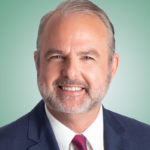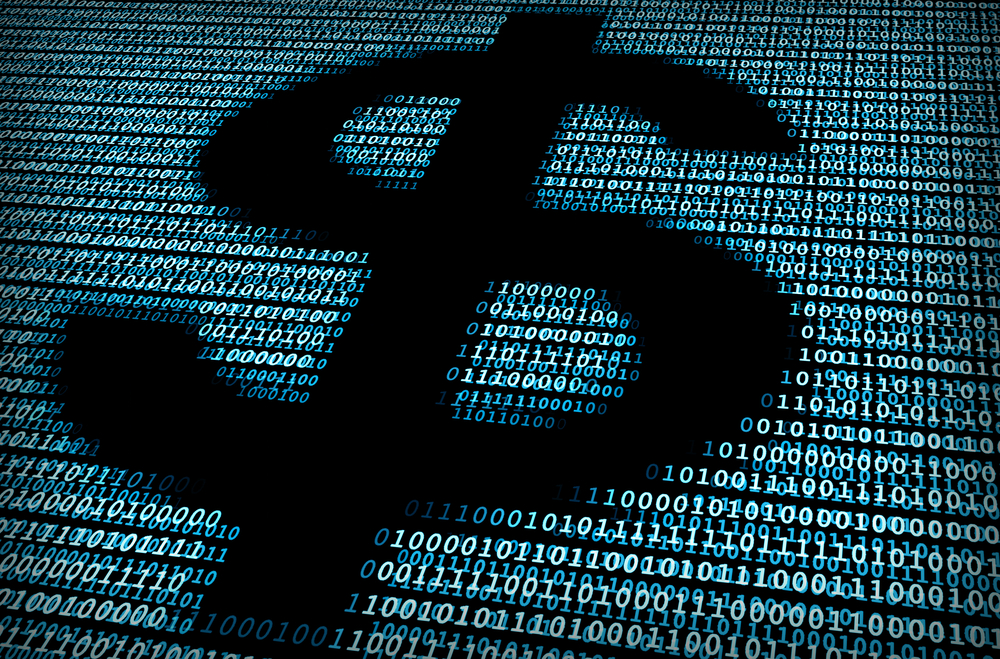I can remember going to a numismatic show with my dad years ago and seeing, inside a glass case, real examples of “wooden nickels” used briefly as a circulating currency in a few towns in Washington state at the height of the Great Depression in the 1930s.
Even then, it seemed fascinatingly quaint and odd (and also heroic, when you consider the desperate economy of the era).
I wonder today … will a future grandson someday view paper dollar bills, displayed on velvet inside a glass case, and have the same feeling?
The cashless world is already well underway in places such as Sweden. And with the ongoing trend in negative interest rates in Europe, and now Japan, a few academicians show us how we could all be forced into accepting a cashless world — whether we want it or not…
A world devoid of physical cash goes hand in hand with the financial engineering of central banks, in the form of “negative interest rates.” By making depositors pay a fractional fee to store their cash, central banks hope to force them to reinvest the money elsewhere, in factories, higher wages or the stock market, in vain hopes of reviving an economy.
Physical cash, of course, represents a threat. It’s beyond central banks’ control. Or is it?
A Diabolical Plan
Late last year, a pair of economists from the IMF and the University of Michigan published a paper spelling out how central banks, in the thrall of negative interest rates, could force banks — and by default, their depositors — to convert their paper currency into digital form.
How? In essence, by making the paper currency worth less than its digital counterpart.
Here’s how it would work: Local banks accumulate large sums of paper currency all the time, as a result of deposits from church collections and all the other transactions where paper cash still gets heavy use in America. Eventually that paper currency (along with its digital cousins) reaches the central bank’s “cash window.” The central bank credits the local bank electronically for the deposit and the money returns to circulation in the monetary system.
Right now, the Federal Reserve does not distinguish between a deposit of $1 in paper currency versus $1 in digital currency. It’s all the same, right?
But suppose, if negative interest rates come our way here (as they have in Europe and Japan), the Fed chose to assign an additional fee to banks returning paper money to its “cash window”?
Remember that in a negative interest rate environment, any cash on deposit is really worth at least a fraction below its face value (in Europe right now, the deposit rate is a negative 0.30%). An additional fee on a deposit of paper currency would make good old physical cash worth even less.
Boiled down, paper currency gets charged a higher negative interest rate, while digital currency gets the more favorable one.
If banks must pay a little more to deposit physical cash with a central bank, it wouldn’t take long for them to return the favor, charging their individual depositors of paper cash a bit more too.
So you can see how such a system might force all of us to think twice before withdrawing most or all of our cash from a local bank if negative interest rates come to American shores.
You can also see how it could clear the way for a permanently cashless society. The banks might pitch such a system — charging more to deposit paper currency — as a temporary measure at a time of “economic emergency.” But when the emergency is over, the fee on paper cash remains (and perhaps increased over time).
Faced with such a choice, how long are you going to leave your $100,000 (or whatever the amount is) buried in your backyard when every year it has even less value than its digital bank-stored equivalents? What other alternatives do you have?
A Smarter Alternative to Cash
Thankfully, there are alternatives. It’s possible to prepare for (and avoid) such a scenario, if you’re a subscriber to The Sovereign Society’s expert analysts like Jeff Opdyke and Ted Bauman. In fact, Ted has advised owning a little bit of silver and gold to protect your wealth. Another option is to diversify some of your assets into “quiet wealth.”
The main point is to recognize that it can happen, and to be prepared, as the world’s central banks continue with the “grand experiment” in monetary policy unfolding before our eyes.
Kind regards,

JL Yastine
Editorial Director, The Sovereign Society










